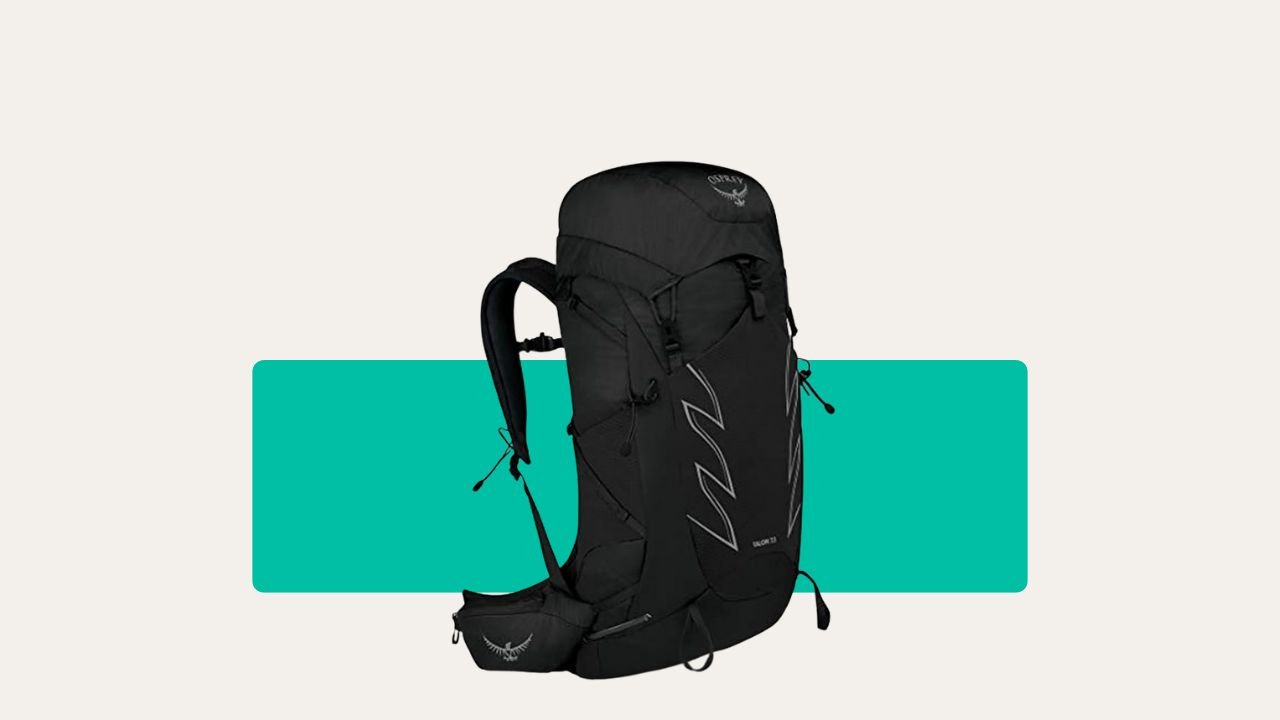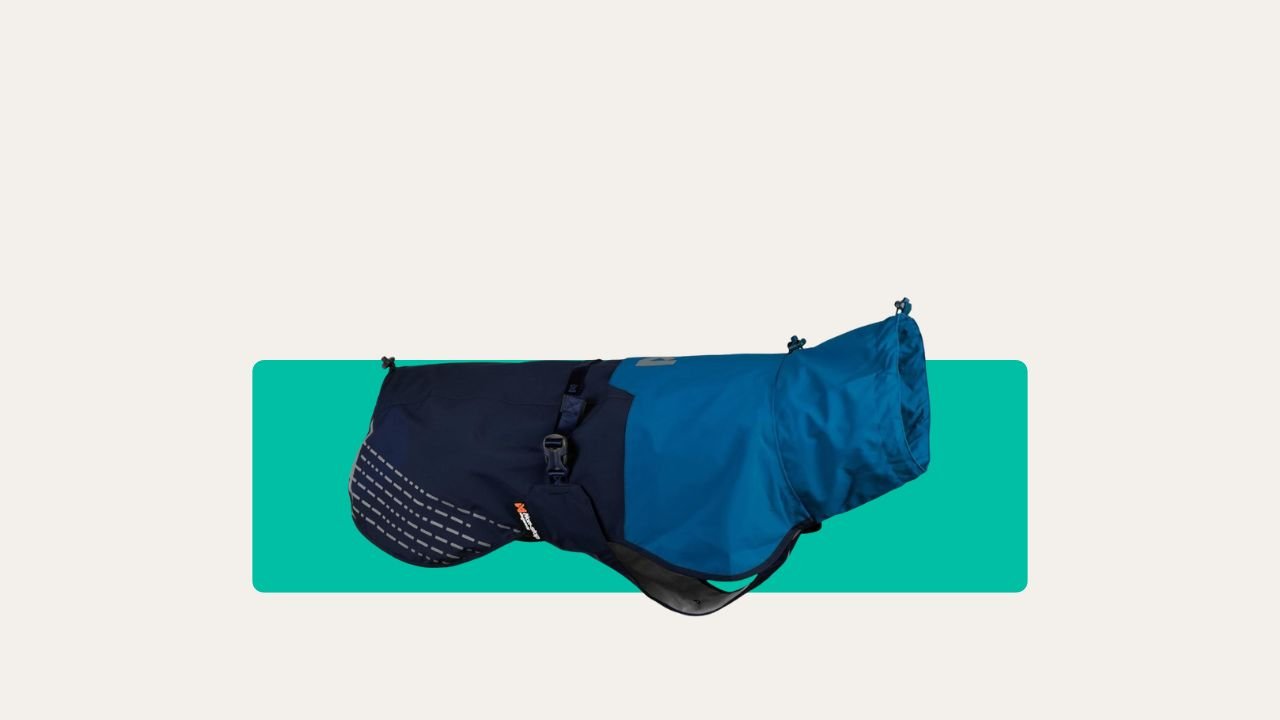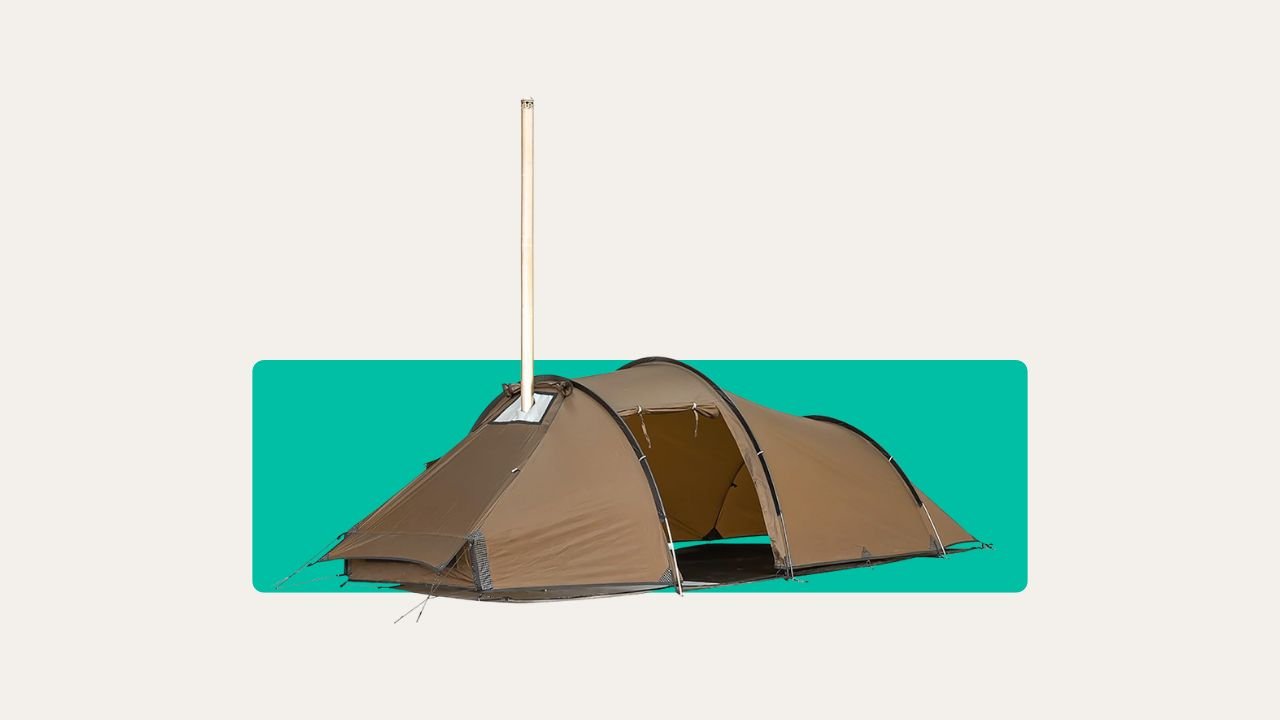Most people think you can get by with just a torch or your phone light inside the tent. Trust me, you’ll only make that mistake once. Good tent lighting isn’t a luxury. When you’re battling rain, fumbling for toilet rolls in the dark, or trying to keep calm with your kids in a noisy storm, a solid camping lantern becomes a must-have.
I’ve weathered more soggy nights in Wales and squally mornings on Dartmoor than I care to admit. If there’s one bit of kit that always punches above its weight, it’s the right tent light. So, in this guide, I’m going to walk you through what makes a cracking lantern, some smart picks, and the no-nonsense tips I wish I’d known from the start.
What Really Matters in Tent Lighting?
Before chasing “brightest” or “latest” on the box, know what counts when you’re camping in the UK. Think about these five things:
Brightness (Lumens)
Don’t fall for the “more lumens is better” myth. Too bright and you’ll feel like you’re stuck in a hospital waiting room. For inside a tent, roughly 60 to 100 lumens is plenty for most folks. If you want to light up the whole camp or cook outside, 200 to 500 lumens hits the sweet spot.
Power Source
There are three main choices:
- Regular batteries (AA, AAA, D-cells): bring spares or you’ll be left in the dark.
- Rechargeable (usually USB): handy, but check how long they last.
- Solar or hand crank: perfect for off-grid trips but charging can be slow, especially in the British drizzle.
Battery Life
Aim for lights that last all evening, not just a couple of hours. Nothing ruins a Sunday hike quite like being woken at 3am by darkness and the sound of raindrops tapping your nose.
Durability and Weather Resistance
Dropped lights happen. So does that classic “Oi, who kicked the lamp over?” moment. Pick lanterns with decent impact and water resistance (look for “IPX” ratings). I’ve dunked more than one over-eager lamp in a puddle, and only the sturdy ones survive.
Weight and Portability
Backpacking up Ben Nevis? Save every gram. If you’re car camping, a heavier lantern is no bother, and you get more features.
Quick Comparison: Best Camping Lights for Tents (2025)
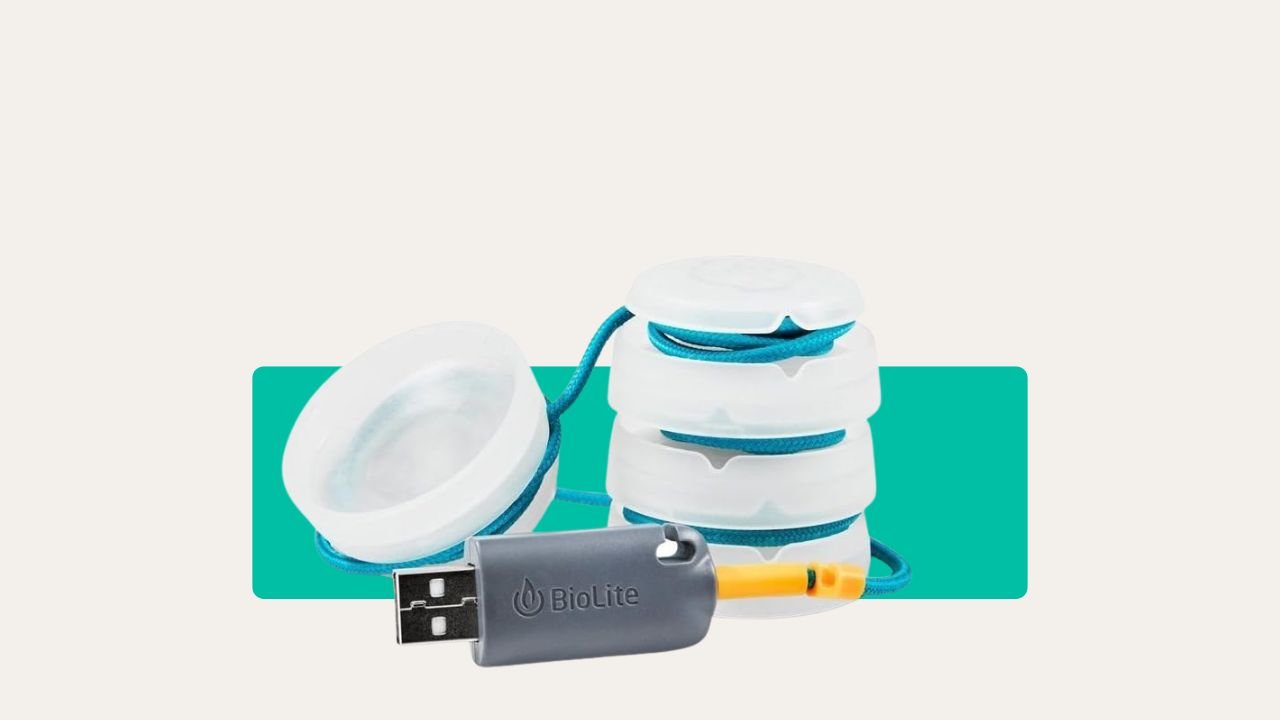
BioLite SiteLight Mini
Brightness: Up to 150 lumens
Power Source: USB powered
Weight: Very light (4-light strand)
Best For: Tent ambience & daisy chaining
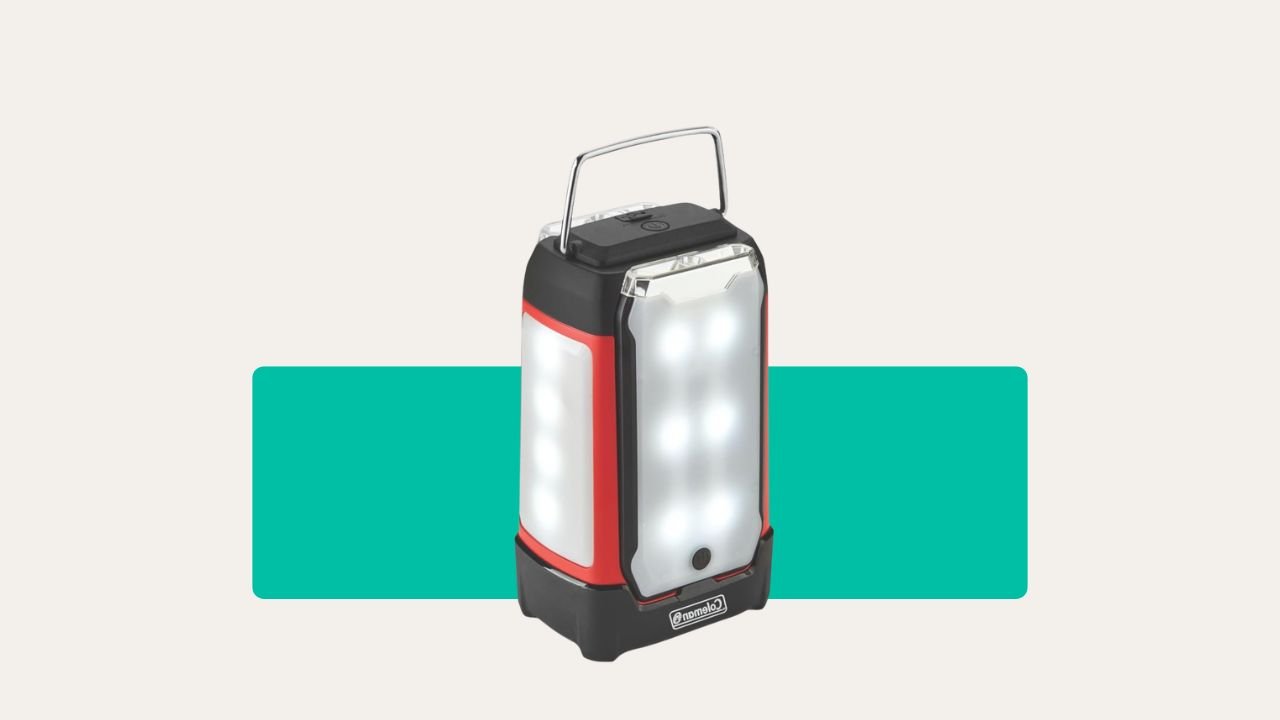
COLEMAN Duo Panel Lantern
Brightness: Up to 200 hrs (low mode)
Power Source: Battery (panel-based)
Weight: Moderate
Best For: Versatile campsite use & trails
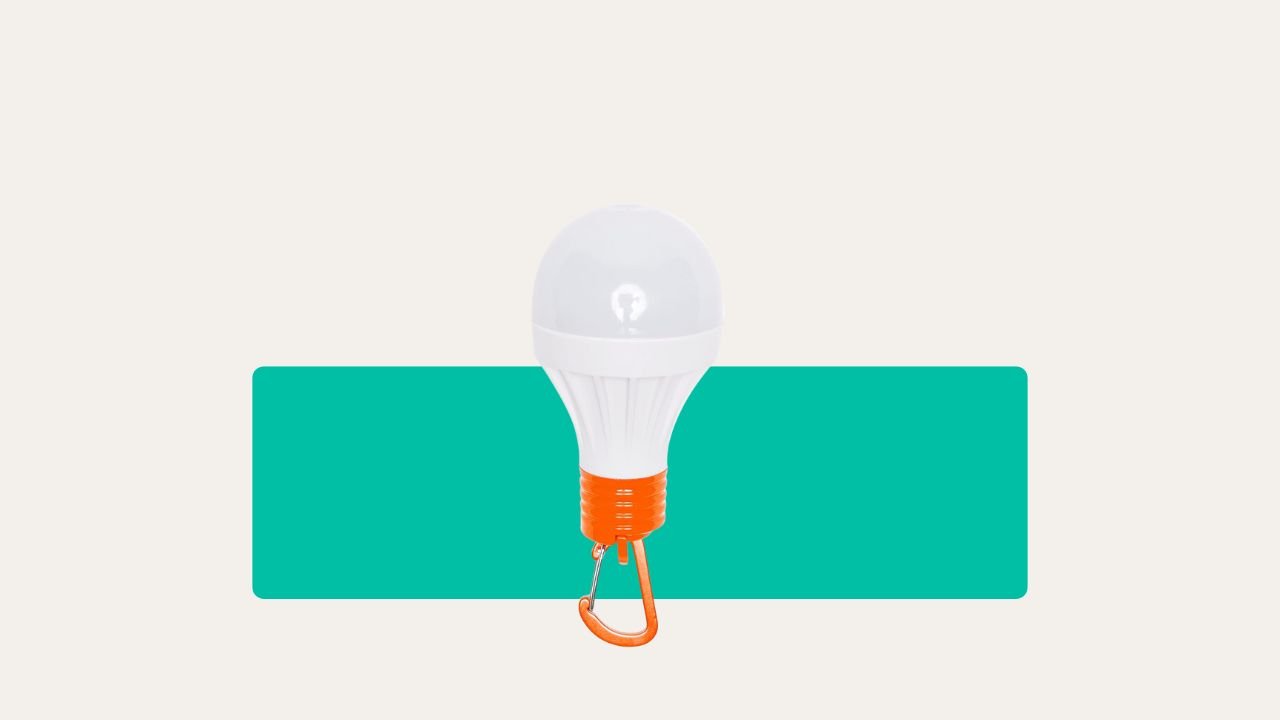
Eurohike ORB Light
Brightness: 40 lumens
Power Source: Battery
Weight: Very light
Best For: Backpacking & tight budgets

VANGO Light Disc
Brightness: 75 lumens
Power Source: Battery
Weight: Lightweight
Best For: Tent ambience & casual use
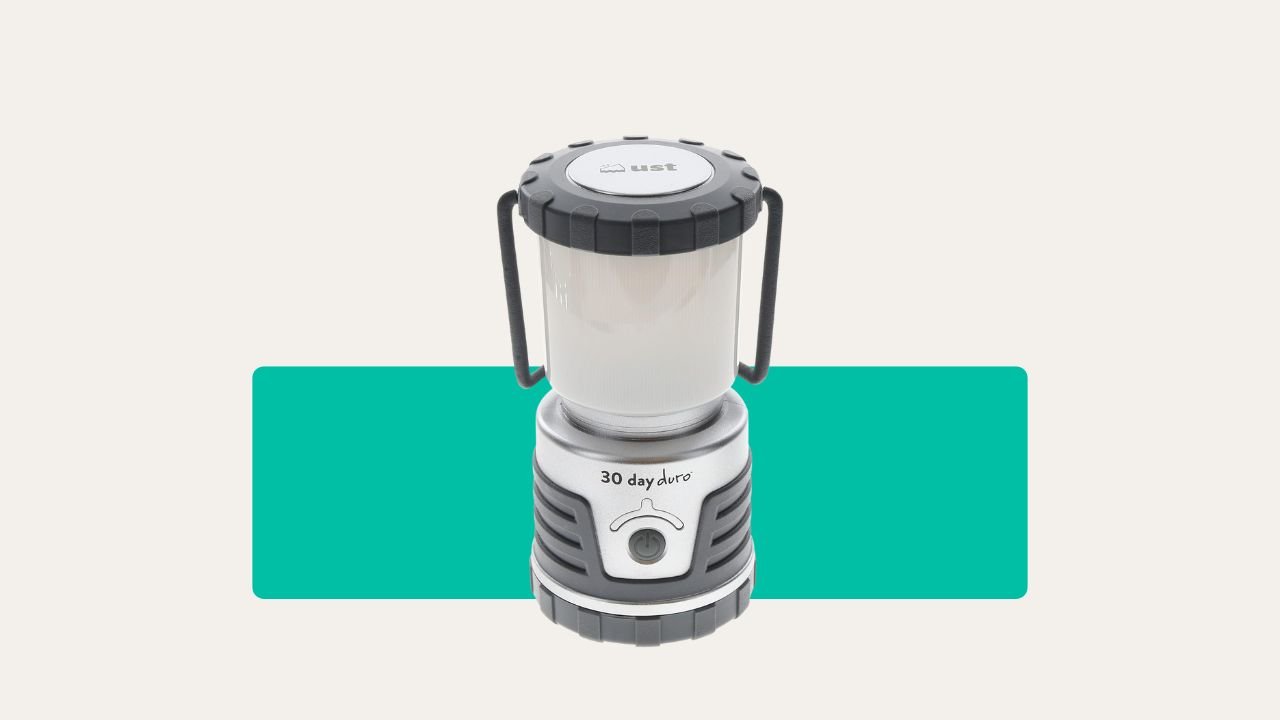
UST 30-Day Duro Lantern
Brightness: Varies (30 days on low)
Power Source: D-cell batteries
Weight: Heavy
Best For: Basecamp & emergency use

BioLite AlpenGlow 500
Brightness: Moderate (ambient focus)
Power Source: USB rechargeable
Weight: Medium
Best For: All-around tent lighting & mood setting
Best Camping Lights for Tents: Top Picks for Reliable Lighting
Let’s face it – fumbling around in the dark trying to find your toothbrush (or worse, the loo) is not how you want to spend your night in the great outdoors. A good camping light isn’t just about seeing where you’re going; it’s about creating that perfect campsite vibe and keeping things safe and practical when the sun dips.
Here are six top tent lights I’ve used or seen in action that bring both function and a bit of flair to your setup.
1. BioLite SiteLight Mini

This one’s a beauty. The BioLite SiteLight Mini isn’t just about brightness; it’s about atmosphere. With up to 150 lumens of warm, ambient glow, it’s ideal for making your tent feel more like a glamping haven than a muddy nylon cave.
Each set comes with four lights strung over a 10-foot cord – plenty to wrap around the inside of your tent or stretch between trees for a magical canopy effect.
One of my favourite bits? The daisy chain design. You can link up extra BioLite strands if you want to go full fairy-light mode. It also folds away nice and neat, and there’s a cord stabiliser so you can hang it easily from branches or guy lines.
The downside? If one of the lights goes, you can’t replace it individually, which is a bit of a shame for something this pretty. Still, it’s one of the most charming lighting options I’ve tried.
Pros
- Warm, dimmable glow, great for ambience
- Daisy chain connectivity for more lights
- Tangle-free and super portable
- USB powered
Cons
- You can’t replace a broken bulb
- Quality can vary from unit to unit
2. COLEMAN Duo Panel Light Lantern
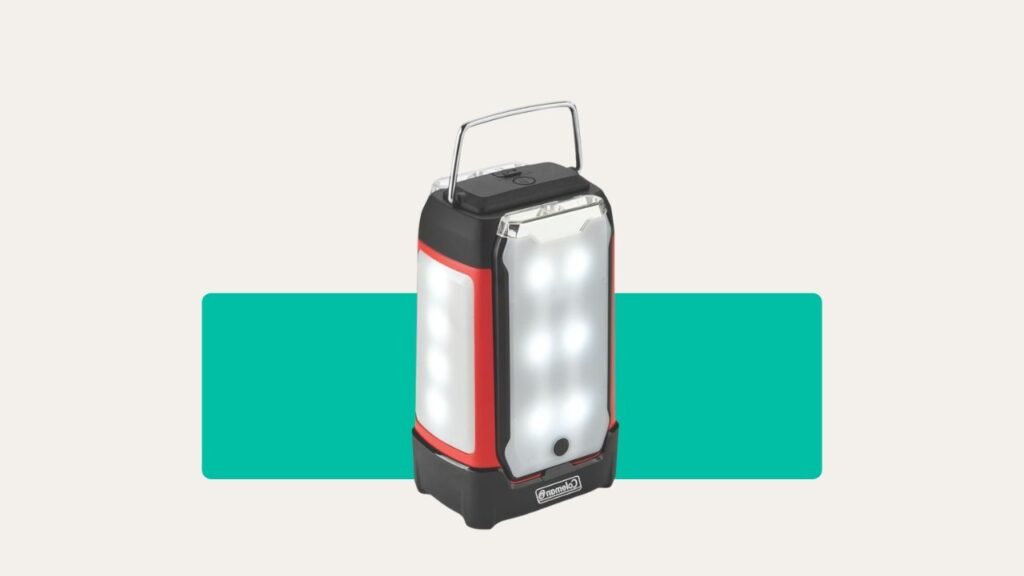
This is the Swiss Army knife of camping lights. The Coleman Duo Panel Light Lantern gives you two detachable light panels you can pop off and carry around, ideal for midnight wanderings or emergency tent pees. Each panel has its own controls, flashlight mode, and panel light, so you’re not stuck blinding your mates when all you want is a soft glow to read by.
At full charge, it can run up to 200 hours in low mode (not bad, eh?), and there's even a USB port built in so you can top up your phone battery if you’re running low. The IPX4 water resistance means it’ll handle a bit of rain without fuss.
The build is a bit plasticky, and the handle feels like it might not love rough treatment, but the versatility is hard to beat.
Pros
- Two detachable panels with separate controls
- Long battery life (up to 200 hours on low)
- Built-in flashlight and USB phone charging
- Water resistant
Cons
- Handle could be sturdier
- Doesn’t support AC charging
3. Eurohike 1W LED ORB Light
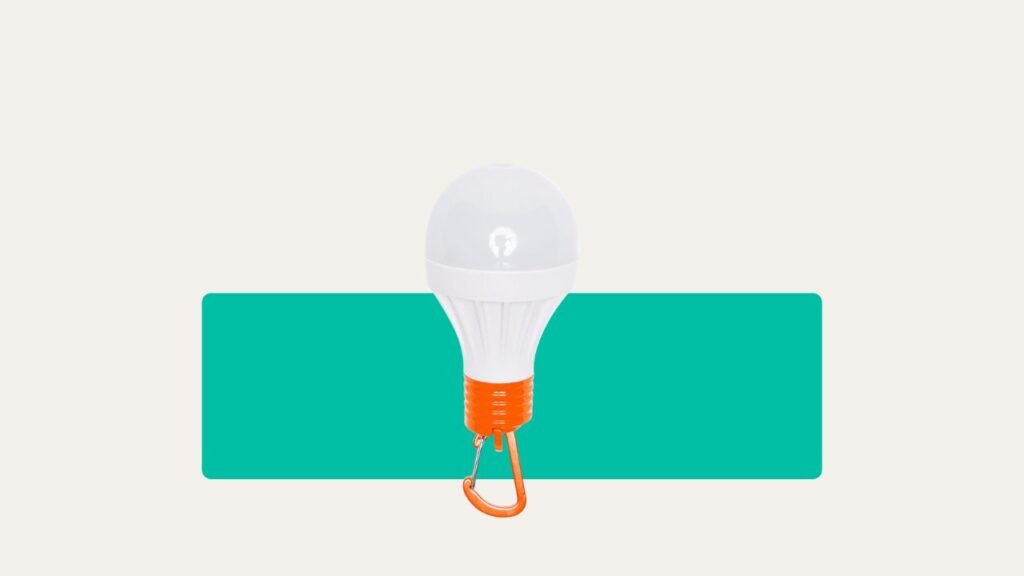
If you’re after a no-fuss, budget-friendly light that just works, the Eurohike ORB Light is a cracking choice. It’s small enough to chuck in your bag without noticing, and the carabiner clip means you can hang it from your tent roof or hook it onto your backpack on the move.
You won’t be lighting up the whole forest with this one, but 40 lumens is plenty for reading, navigating your tent, or making a midnight snack. It has two modes – glow and flash – so it even works as a little emergency beacon if needed.
It’s not going to win any awards for build quality, and it’s not waterproof, but for the price? A solid win.
Pros
- Compact, lightweight, and easy to carry
- Decent brightness for tent use
- Comes with clip for hands-free use
- Great value
Cons
- Basic build quality
- Not fully waterproof
4. VANGO Light Disc

If you like a bit of mood lighting with your marshmallows, the VANGO Light Disc is a cracking little addition to your tent setup. It’s got 48 LEDs packed into a sleek disc design and pushes out up to 75 lumens – just enough to light up your tent without frying your eyeballs.
It comes with two brightness settings: “bright” for when you’re getting changed or playing cards, and “calm” for winding down. You can hang it from the top of your tent using the built-in hook or carry it around like a little UFO. Either way, it’s simple to use and doesn’t take up much space.
Now, while it promises 48 LEDs, don’t expect stadium-level brightness. And the internal wiring? Let’s just say it’s not something I’d want to tinker with. But for casual camping trips and some gentle nighttime glow, it does the job.
Pros
- Compact with decent light spread
- Two lighting modes for flexible use
- Easy to hang or carry
- Good for ambient lighting
Cons
- Wiring quality could be better
5. UST 30-Day Duro Lantern
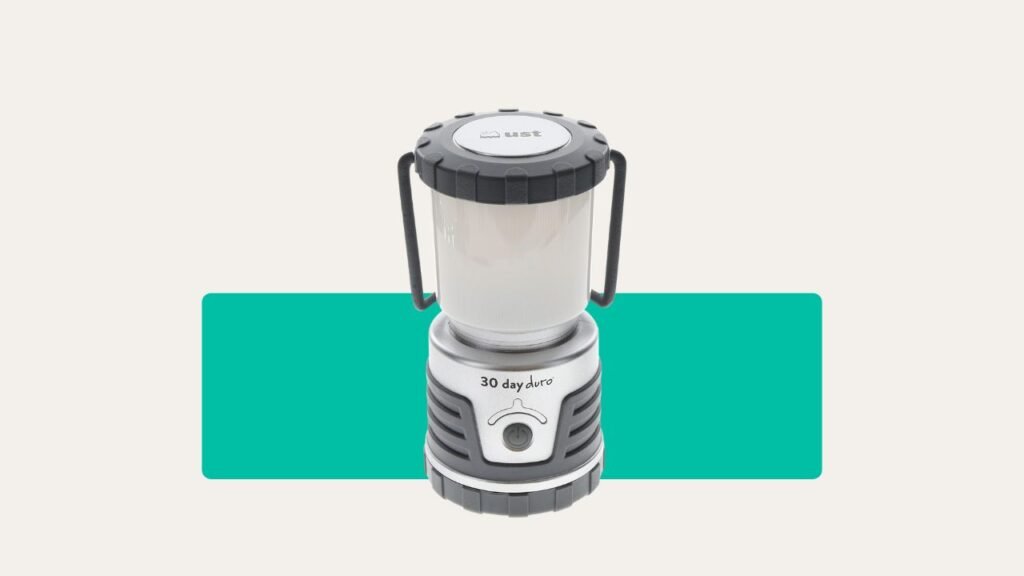
This one’s a proper tank. The UST 30-Day Duro Lantern is built like it’s preparing for the zombie apocalypse, and it just might survive it too. It claims 30 days of light on low mode, and I’ve actually tested it on a wild camping trip in Snowdonia. Final night, pouring rain, and the thing was still going strong.
It’s powered by D-cell batteries, so it’s not the lightest lantern to lug around, but if you’re setting up basecamp or camping with the family, this is the one you want. Drop it, soak it, use it to signal a mate across the moors – it just works.
Don’t expect sleek design or fancy colour modes. This is old-school durability, built for campers who want reliability over bells and whistles.
Pros
- Insanely long battery life (up to 30 days on low)
- Weatherproof and shockproof
- Great for large tents and basecamps
- Excellent emergency light
Cons
- Big and heavy for backpacking
6. BioLite AlpenGlow 500
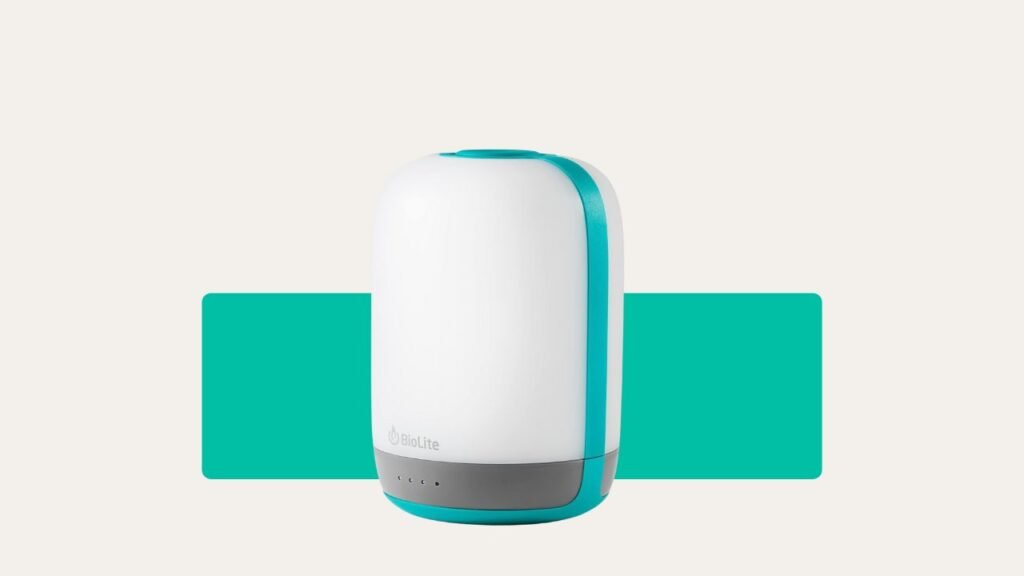
If you’re after a do-it-all lantern that’s smart, stylish, and surprisingly fun, the BioLite AlpenGlow 500 might just be your new favourite gadget. This is not your average camping light; it’s got colour-changing modes, a gentle white reading setting, and even a campfire-style flicker mode for that warm, cosy feel.
USB-rechargeable, so you won’t need to keep buying batteries. Just plug it in and go. It’s also weather-sealed, meaning it can handle a good old British downpour or the occasional tent spill (been there). I've been running mine for two seasons straight, and it’s still going strong – definitely a solid investment.
Also, if you're camping with kids, flick on the rainbow mode. And you will have an instant mood booster.
Pros
- USB rechargeable – no batteries needed
- Multiple lighting modes, including ambient colour settings
- Durable and weather-sealed
- Sleek design and compact size
Cons
- On the pricier side
- Not the brightest at full beam
How to Choose the Best Tent Lighting for Your Trips
Let’s cut through the faff. Make sure your lamp fits the trip – not just the brochure.
Don’t Go Too Bright
You don’t need to turn your tent into a football pitch. Over-bright lights are harsh. Dimmable is best – you want options for games, cooking, or just winding down.
Think Power and Backup
If you only camp with EHU (electric hook-up), most rechargeable lights are solid. If you love off-grid trips or long weekends, grab a lantern that can run on regular batteries too. Always pack spare batteries, and if you’re using USB lamps, bring a decent power bank.
Weatherproofing Is a Must in the UK
If the box says “water-resistant” or “IPX4/IPX6,” you’re onto a winner. I once had a cheap lantern die after one Cornish downpour. Since then, I never camp without a weather-resistant model.
Size and Weight
Backpacking? Every gram counts. Stick with simple, compact lanterns. If you’re family camping and have a car nearby, weight doesn’t matter as much so pick for features.
Hang It Up
Don’t forget to check where you’ll hang or stand your lantern. Most tents have centre hooks – some lanterns have flexible or magnetic bases for easier attachment.
Tips and Real-World Lessons (Learned the Hard Way)
Lesson 1: Pack Spares
Always take spare batteries or a USB power bank, even if your light promises all-night power. Cold zaps batteries fast, especially in early spring.
Lesson 2: Avoid Glare
Frosted globes or designs with diffused shade stop you blinding everyone. No one wants an interrogation spotlight in their face during a midnight loo run.
Lesson 3: Camp Size Counts
Large family tents need one big main lamp and a couple of smaller ones tucked into sleeping areas. Solo? One compact lantern often suffices.
Lesson 4: Weather Always Wins
The number of times I’ve seen lanterns take a tumble in a storm. I’ll never trust “indoors only” lights again. Always pick weatherproof, even if it costs a bit more.
Lesson 5: Make Clean-Up Easy
Stick to simple controls. Lanterns with fiddly buttons or settings become a real pain in mud or cold, with frozen fingers you’ll soon wish you’d gone basic.
Final Note
Camping lights might seem like a small detail until you’re stuck fumbling with tent zips in the dark. Whether you're after soft ambience, rugged reliability, or something to keep the kids entertained, there’s a light on this list that'll fit the bill.
Pick the one that suits your style, charge it up (or pack the right batteries), and let it brighten up your next adventure. Safe travels, and don’t forget to look up – the stars are still the best lights in the sky.

